|
|
||||
|
||||
|
Privacy Policy | Editorial Policy | Profit Policy | Join the Association | List of Members | Contact us | Index | Links |
||||
|
Back Go to page: 1 2 3 4 5 6 7 8 9 10 11 12 13 14 15 16 17 18 19 20 Forward
|
||||
|
Allan George’s Gems.
|
||||
|
|
||||
|
A World War II manual on undermining organizations from within.
This could also describe your work place as well.
So you’ve just come from yet another meeting that, after sucking up an hour or two you’ll never get back, produced nothing useful — partly because somebody talked on and on about a topic that strayed far off the meeting’s agenda. Then someone else brought up doubts about a decision from the last meeting, and there was talk of referring it to a task force for further research. Still another team member questioned whether the decision was even this group’s to make, or if maybe it conflicted with something higher-ups had said they wanted.
If that sounds familiar, think about this: You’ve just witnessed four of the eight techniques outlined in a document called the “Simple Sabotage Field Manual.” Published in 1944 by the U.S. Office of Strategic Services (predecessor to the CIA), it was a guide for European spies on how to undermine the Axis powers from within.
The handbook was classified until the 1970s, but Bob Frisch, managing partner of consulting firm Strategic Offsites Group, came across it just a few years ago — and found it eerily similar to what often goes on in workplaces now.
“We’re not suggesting that enemies are lurking in your midst,” write Frisch and his two co-authors, Robert M. Galford and Cary Greene, in a fascinating new book, . “But the odds are great that some individuals have unwittingly taken a page from [the OSS manual]. Left unchecked, their behaviours will undermine your group or organization, slowing down its — and your — best efforts.
Here are the eight tactics the OSS recommended for tripping up an Axis agency from the inside:
These tactics proved “incredibly subtle, and devastatingly destructive.” Alas, they still are. But “rooting out these corrosive behaviours isn’t so simple,” the authors note, because “they are often mutant excesses” of habits that are actually helpful, like involving co-workers in decisions that affect them.
Complicated for sure, but not impossible. Most of Simple Sabotage is about four ways managers can keep (usually inadvertent) saboteurs from getting in the way of everyone else’s efforts. In some companies, the first step may be the hardest: “Spot sabotage as it occurs.” And then speak up.
|
||||
|
As I get older! I talk to myself because sometimes I need expert advice.
|
||||
|
What you need to know about E10.
Throughout Australia, ethanol-blend fuels, such as E10 and E85, are available as an alternative to unleaded petrol. Most new and many older vehicle models effectively operate on petrol with up to 10% ethanol, i.e. E10. Vehicle manufacturers and importers provide t information on the capability of their vehicles to operate on ethanol fuel blends, subject to the fuel meeting the octane requirements for the vehicle and complying with relevant mandatory Australian fuel quality standards.
What is E10?
E10 is a mixture of conventional unleaded petrol and ethanol. E10 means it is 90 per cent petrol and 10 per cent ethanol.
What is ethanol?
Ethanol is an alcohol-based fuel produced from the fermentation of a range of plants including sugar cane, wheat, corn, sorghum and barley.
Can I use E10 in my car?
Most modern cars (those with fuel injection instead of carburettors) can use E10. You can check if your car is capable of running on E10 by consulting the owner's manual. Alternatively, many new cars will have a sticker inside the fuel flap that tells you what fuel your car can run on, and whether it is compatible with E10. Alternatively, you can check THIS website which list most cars and motor cycles and will advise whether or not you should use E10.
Will E10 damage my car?
No, not if your car is designed to run on it. But some studies have found in certain cars (particularly older models) the ethanol can cause damage to the fuel system.
Is it better to use E10 or premium unleaded?
There really isn’t a clear answer to this. The problem with E10 is it contains less energy than petrol, so E10 burns quicker than premium unleaded (95 and 98 octane). Testing has shown that premium unleaded (98 octane) is more efficient than E10 in both city and highway driving. But, depending on the price of fuel at the pump (although E10 is generally significantly cheaper than premium unleaded), it can be cheaper to run your car on E10, even though it has higher fuel consumption. It is also worth noting that running on premium unleaded means better performance from your engine (because it has a higher octane rating) and most fuel brands use cleaning additives in premium unleaded that help clean your engine as you drive.
Some modern cars have a minimum requirement to use premium unleaded (this will be indicated on the inside of your fuel flap) for optimum efficiency and performance. Don't be alarmed if you do fill the petrol tank with E10 though, as the computer will compensate for it.
|
||||
|
Sometimes I roll my eyes out loud.
|
||||
|
Check out the new AA Class Mercedes Benz. |
||||
|
|
||||
|
|
||||
|
The truth about tyre treadwear
Buying a quality car and maintaining it properly will keep you rolling along, but what you put on your wheels really makes a difference. Your tyres, after all, are where the rubber hits the road. Putting cheap tyres on an otherwise solid automobile would be like wearing thongs with a tuxedo. Chances are you'll need to buy new tyres every few years. Generally speaking, they're all round and black, so it's not easy to predict how well they'll do their job by just looking at them – or kicking them, for that matter.
Each tyre varies in its tread pattern and rubber mix and is a compromise between a number of requirements, such as grip and durability. Generally, a soft tyre provides better grip but also leaves more rubber on the road, so won't last as long as a harder model. Racing tyres are an extreme example: they're very soft and practically glue the car to the track, but may only last for part of one race – if that.
Rolling resistance.
Rolling resistance relates to the amount of energy needed to move a vehicle along the road. Theoretically, the lower the rolling resistance, the less fuel is required. There's no single consistent testing method used by manufacturers to measure rolling resistance or to determine how it relates to fuel economy though some manufacturers claim up to 10% better fuel economy with low rolling resistance tyres under certain driving conditions.
|
||||
|
|
||||
|
|
||||
|
What to look for.
In Australia each tyre has standard markings to help you pick the right size and type for your car. It's a confusing mix of letters and numbers, and measurements in millimetres and inches. Here's what it all means.
Let’s say the code on a tyre is P175/65R14 82H – what does it all mean?
Just how many kilometres can you expect from your new set of tyres??
The amount of tread on a tyre is critical in determining how well it
will clear
If you find a tyre with the UTQG rating on its wall, below is what the numbers mean:
Treadwear.
Treadwear grades are an indication of a tyre's wear rate. The higher the treadwear number, the longer it takes for the tread to wear down. Treadwear grades are tested under controlled conditions using four vehicles fitted with test tyres that run in convoy. The vehicles repeatedly run a specified 640km road course for a total of 11,520km. Tread depths are measured every 1,280km and the measurements are averaged to give a projected wear-out life.
A ‘standard' control tyre is assigned a grade of 100 and the treadwear rates of all test tyres are compared to it. For example, a tyre grade of 200 should take twice as long as the control tyre to wear out.
Traction
Traction grades are an indication of a tyre's ability to stop in the wet. A higher grade should allow your vehicle to stop on wet roads in a shorter distance than a tyre with a lower grade.
Traction is graded from highest to lowest as AA, A, B and C.
Temperature
Temperature grades are an indication of a tyre's resistance to heat. Sustained high temperatures (for example, driving long distances in hot weather), can cause a tyre to deteriorate, leading to blowouts and tread separation.
A tyre's resistance to heat is graded from highest to lowest as A, B or C.
Special tyre designs.
Some tyres are directional, which means they're designed to be fitted to
the car so their tread pattern faces a particular way (usually marked
with an arrow on the sidewall). Fitting them on the wrong side may
affect the car's handling and reduce the tyre's life. If you use these
and don't have a conventional tyre as a spare, be aware that a
directional spare only fits one
Don't confuse directional tyres with asymmetric models designed to be fitted to the rim so that a particular side (marked on the tyre's sidewall) faces outwards. With these, the spare can replace any of the other tyres.
Some car models have a space-saver (narrower) spare tyre instead of a full-size one. If you have to use it, follow the instructions in your user's manual. There's likely to be a speed limitation, and you're only supposed to drive on it for a short distance to get you home or to the nearest tyre fitter. If you use it over longer distances or at higher speeds, you may damage your car.
How old is my tyre?
All tyres are stamped with the date of manufacture. You'll see this in
two varieties: three digits for pre-2000, and four digits for after
2000. (We're
Pre-2000 the first two digits stand for the week in the year and the last digit stands for the year. So a three-digit number of 078 stands for the seventh week in 1998. After 2000 the first two digits stand for the week in the year and the last two digits stand for the year. So a four-digit number of 0209 stands for the second week in 2009. In the above pic, the tyre age is shown as DFK1204 which means it was made in the 12th month in 2004.
How old is too old?
This is a subject of much debate within the tyre industry and no tyre expert can tell exactly how long a tyre will last. However, on the results of experience many tyre companies warrant their tyres against manufacturing and material defects for five years from the date of manufacture. Based on their understanding a number of vehicle manufacturers are now advising against the use of tyres that are more than six years old due to the effects of ageing.
There are three main mechanisms of tyre ageing.
Warning signs
Regardless of their age, tyres should be replaced if they show significant crazing or cracking in the tread grooves or sidewall and or bulging of the tread face or sidewall. All tyres, especially unused spare tyres, should be inspected periodically to determine their suitability for service.
The right pressure.
Tyre pressure is measured in kilopascals (kPa) or pounds per square inch (psi). Keep your tyres inflated to the pressure recommended by the car manufacturer – usually shown on a sticker inside the driver's door frame, in the glovebox or on the petrol tank flap. The car manufacturer's recommendations refer to the pressure when the tyre is cold, not after you've been driving for some time – so do your check at the petrol station down the road, not halfway through your journey.
When driving with a heavy load such as a trailer, inflate your tyres to a higher pressure – again, check the manufacturer's instructions. Driving with under-inflated tyres uses more petrol, adversely affects the car's handling and may lead to tyre damage. Check the pressure regularly, it is a good idea to check your tyres at least every second time you fill up with petrol. And don't forget to check the spare too.
Maintenance tips.
When you check the pressure, also do a visual check for objects embedde
Provided you don’t do burnouts or engage in a bit of street racing every now and then you should expect between 45,000 and 80,000 klms from a set of tyres, (depending on the tyre makeup) though all that could soon be changing – have a look at the video below.
|
||||
|
|
||||
|
|
||||
|
Getting lucky means walking into a room and remembering why you're there.
|
||||
|
London.
If you've ever been to London you'll be interested in the video below. It is one of those then and now videos and compares many sites in London as they were many years ago to what they are today. |
||||
|
|
||||
|
|
||||
|
Korea.
Until 1950, Korea was a place that few Australians knew much about. All that changed in 1950. From 1950 to 1953, 17,000 Australians in the Army, Navy and Air Force fought as part of the United Nations (UN) multinational force, defending South Korea from the Communist force of North Korea.
The war began on 25 June 1950 when North Korea invaded South Korea. The superior North Korean forces were on the verge of conquering all of South Korea when United Nations forces intervened. Among the first was 77 Squadron of the RAAF and HMAS Shoalhaven and Bataan of the RAN. A United Nations counteroffensive defeated the North Korean army and pursued it into North Korea. When the United Nations forces approached the border between Korea and China the Chinese entered the war in support of North Korea. The now outnumbered United Nation forces were pushed south and the capital Seoul once again fell to the communists.
In early 1951 the United Nations again advanced, securing a line just beyond the 38th parallel of latitude - the dividing line between north and south before the war. It was in this phase of the war that 94 Australians of 3rd Battalion Royal Australian Regiment were killed, wounded or captured at the Battle of Kapyong.
After a year of mobile warfare, in which Seoul changed hands four times, the front line stabilised and peace negotiations began. The remaining two years of fighting bore the character of World War I trench warfare, except that the trenches were in the cold and inhospitable mountains of Korea. Patrols and ambushes in no-man’s-land were continuous and both sides staged occasional large offensives to influence the peace negotiations.
On 27 July 1953 a ceasefire was agreed to but negotiations for a formal peace agreement were never concluded. North and South Korea today remain technically still at war and the ceasefire line – the frontline when fighting stopped – is closely guarded by armies on both sides.
During the war over half a million military personnel and more than one million civilians died. Half of Korea’s industry and a third of all housing were destroyed.
You can see a Cinesound Review “propaganda” video below of 77Sqn’s effort early in the war, before it was re-equipped with the Meteor.
|
||||
|
|
||||
|
|
||||
|
The biggest lie I tell to myself is “I don’t need to write that down, I’ll remember it.”
|
||||
|
How to Use a USB Flash Drive with Your Android Phone or Tablet.
Ever want to transfer files to or watch a video on your phone from a
memory
Modern versions of Android have improved support for external storage devices, but on some older devices, this process may require “Rooting”. Rooting is a complicated process, we don’t discuss it here, if you wish to “Root” your phone go HERE for instructions.
First: Get a USB OTG Cable
You’ve probably noticed that your phone doesn’t have a normal USB port
Unfortunately, this may not work on some devices. Your Android device needs the ability to function as an OTG host. Some smartphones and tablets may not have this ability, so you may want to perform a web search to see if your device is compatible before purchasing a cable. You can do that by going here on your phone (http://download.cnet.com/USB-OTG-Helper/3000-2094_4-75810813.html)
Once you have it, just use the cable to connect your Android phone or tablet and USB drive together–that’s it. This cable can also be used to connect other types of USB devices to your Android phone or tablet, including USB keyboards, mice, and gamepads.
Your USB drive should ideally be formatted with the FAT32 file system for maximum compatibility but although some Android devices may support the exFAT file system, no Android device will support Microsoft’s NTFS file system.
If your device isn’t formatted with an appropriate file system, you’ll be able to format it after connecting it to your Android device. Formatting the drive will erase its contents, however, so you should ideally make sure it’s in the correct format when you first transfer files to it.
The Non-Root Method: For Most Newer Devices.
On modern versions of Android, you’ll get a notification saying the drive is “for transferring photos and media” after you attach it. You’ll see an “Explore” button that will allow you to browse the files on the drive, and an “Eject” button that will allow you to safely remove the drive. If you’re running an older version of Android, you may need the StickMount app to access the files instead. |
||||
|
|
||||
|
Tap the “Explore” button and Android’s new file manager will open, displaying the contents of the drive. You can browse and manage the files like you normally could. Just long-press one or more files or folders to select them.
If you have videos, music, or movies on the drive, you can tap them to
open them in the media viewer applications on your device. This would
allow you to watch videos stored on a USB flash drive on your phone
while travelling,
You can also open Android’s Settings app and tap “Storage & USB” to see an overview of your device’s internal storage and any connected external storage devices. Tap the internal storage to see the files on your device using a file manager. You can then use the file manager to copy or move files to or from the USB flash drive. Eject the drive when you’re done and you can connect it to a computer or another Android device, allowing you to transfer files back-and-forth.
While the cable is a tad bit bulky, it’s still convenient for watching videos on an airplane or while sitting around your house. You can also use it to move files around for any other purpose, just as you’d use a USB drive on a computer.
|
||||
|
Although duct tape can’t fix stupid, it can muffle the sound. |
||||
|
|
||||
|
Velly Intelesting – but stupid!!!! |
||||
|
|
||||
|
|
||||
|
Back Go to page: 1 2 3 4 5 6 7 8 9 10 11 12 13 14 15 16 17 18 19 20 Forward |
||||
|
|


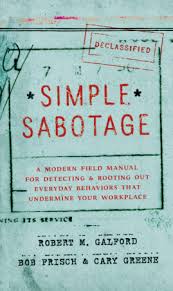
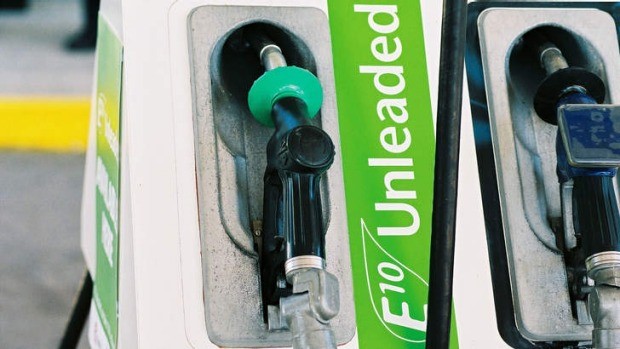
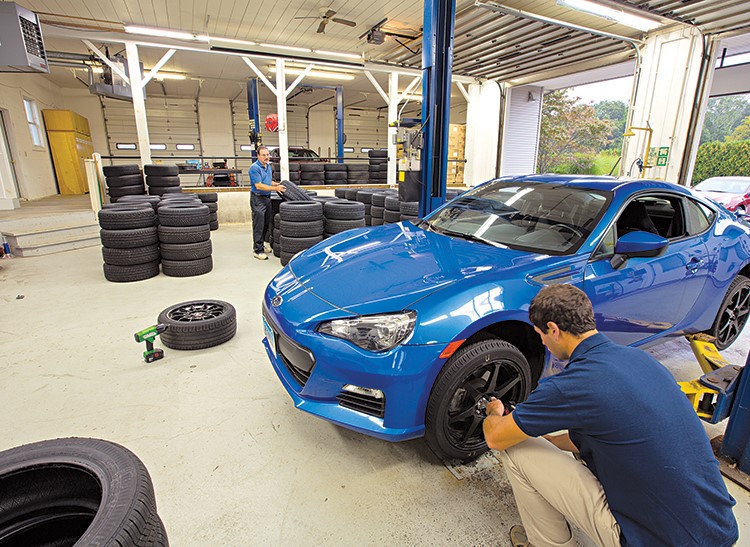 side of the car. If you have to use it on the wrong side, drive
carefully and replace the damaged tyre as quickly as you can.
side of the car. If you have to use it on the wrong side, drive
carefully and replace the damaged tyre as quickly as you can. assuming you've changed your tyres since the turn of the millennium, but
it's good to know this stuff just in case.)
assuming you've changed your tyres since the turn of the millennium, but
it's good to know this stuff just in case.)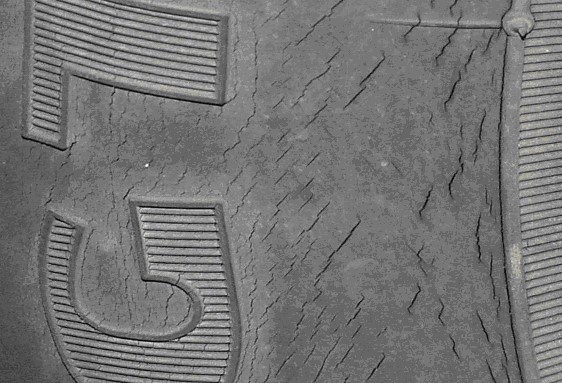
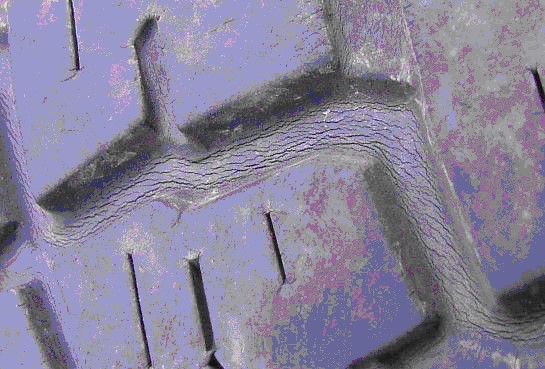
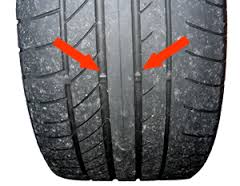 d
in the tread, such as stones or glass. Check also for uneven wear which
could indicate a problem with the car's steering or suspension. Run your
hands over the tread and sidewalls to identify any bubbles, cuts or
cracks and keep an eye on the tyres' tread wear indicators, which show
the minimum legal tread of 1.6mm. The indicators are small bars spaced
across the grooves of the tyre's tread pattern (right). Replace your
tyres when the tread level reaches the indicators – at the latest.
d
in the tread, such as stones or glass. Check also for uneven wear which
could indicate a problem with the car's steering or suspension. Run your
hands over the tread and sidewalls to identify any bubbles, cuts or
cracks and keep an eye on the tyres' tread wear indicators, which show
the minimum legal tread of 1.6mm. The indicators are small bars spaced
across the grooves of the tyre's tread pattern (right). Replace your
tyres when the tread level reaches the indicators – at the latest.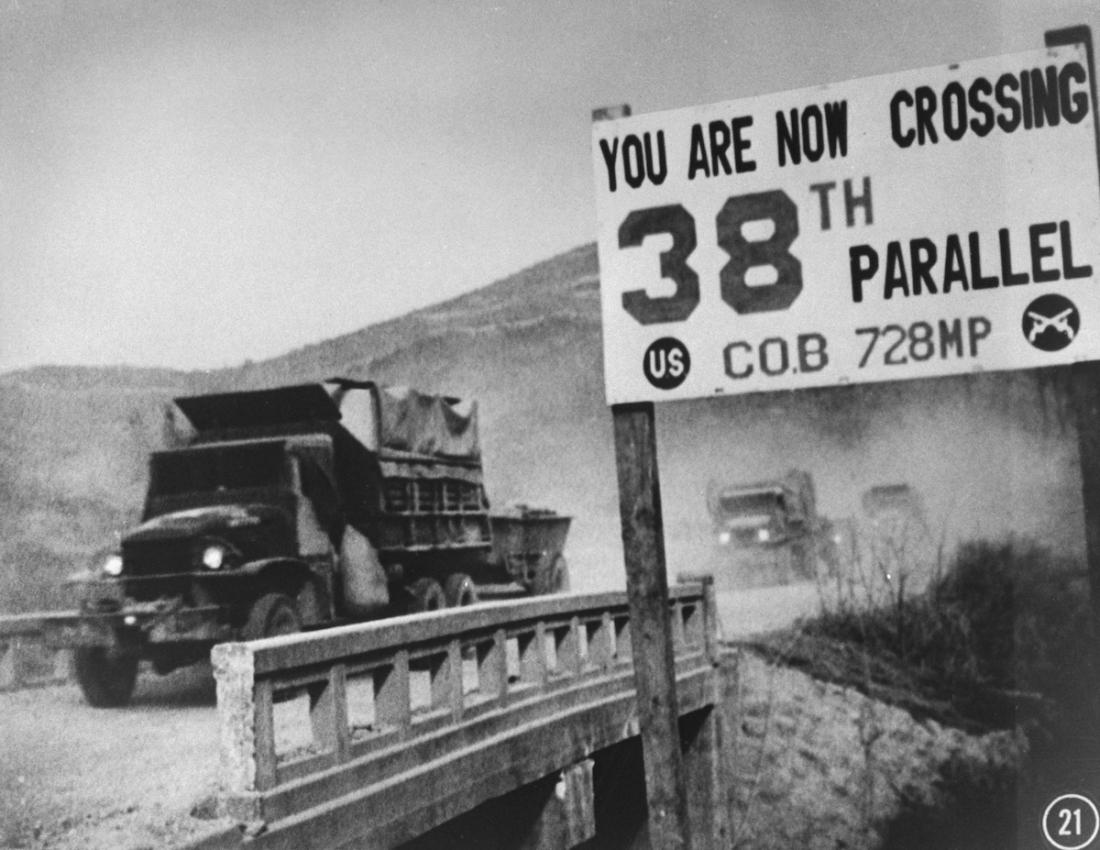
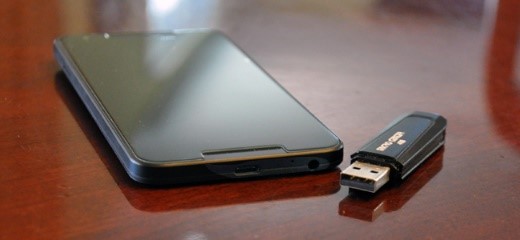 stick. Most modern Android devices support standard USB drives, so you
can plug in a flash drive just like you would on a computer.
stick. Most modern Android devices support standard USB drives, so you
can plug in a flash drive just like you would on a computer. 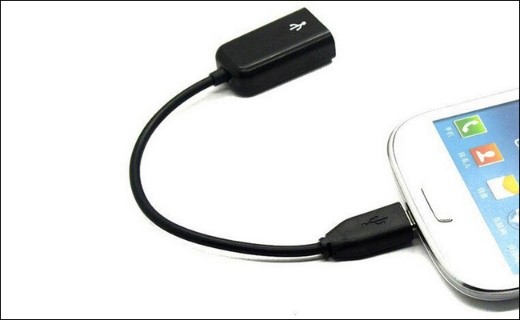 .
In order to connect the flash drive to your phone or tablet, you’ll need
a USB on-the-go cable (also known as USB OTG). These cables can be had
for about $5 or so on ebay. It’s a short adapter cable with a small
MicroUSB connection at one end and a larger USB connection at the other
end.
.
In order to connect the flash drive to your phone or tablet, you’ll need
a USB on-the-go cable (also known as USB OTG). These cables can be had
for about $5 or so on ebay. It’s a short adapter cable with a small
MicroUSB connection at one end and a larger USB connection at the other
end.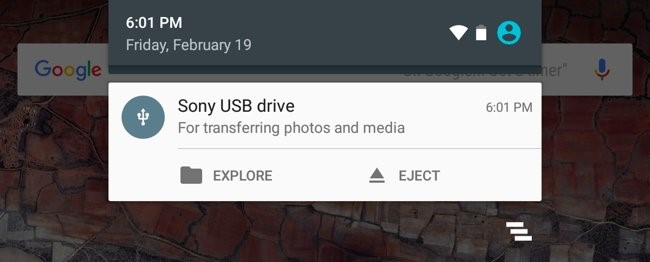
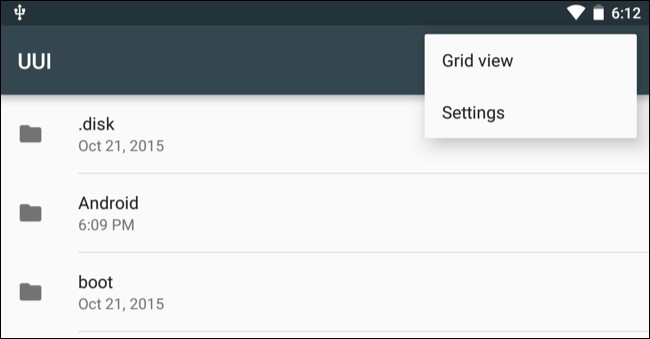 for example.
for example.